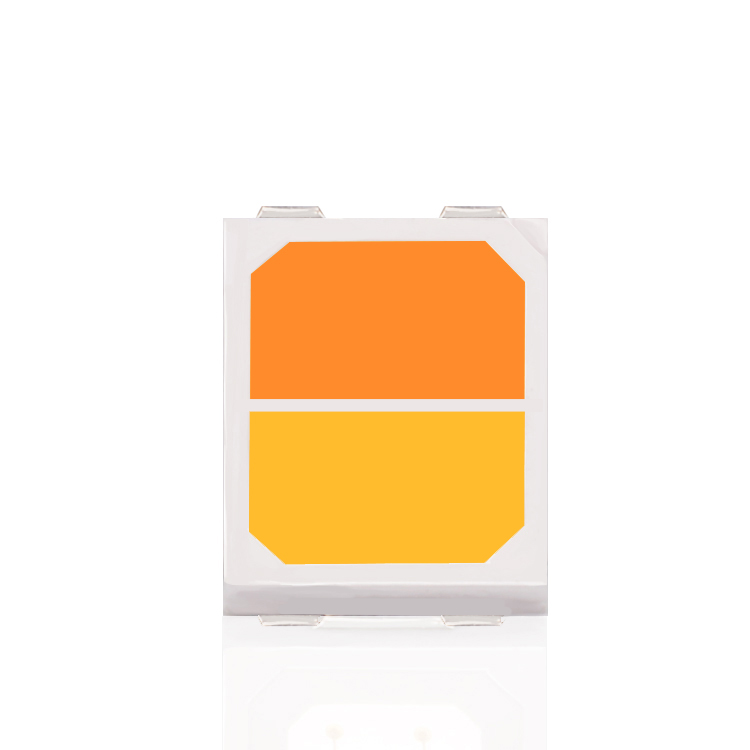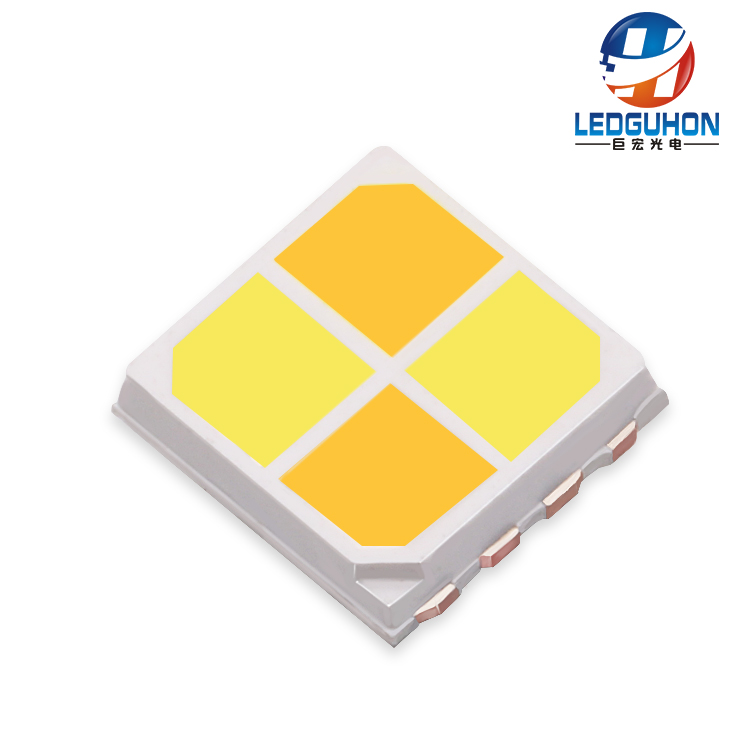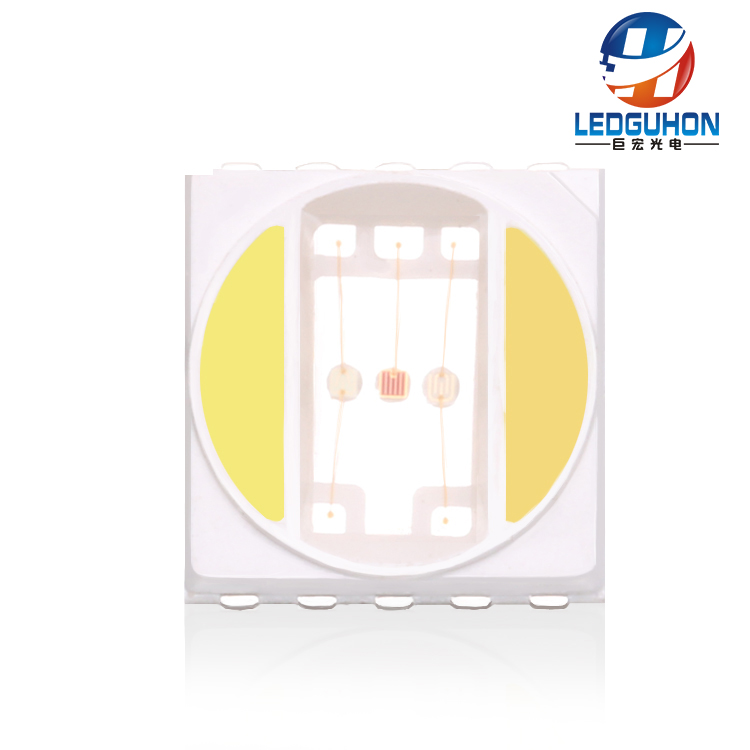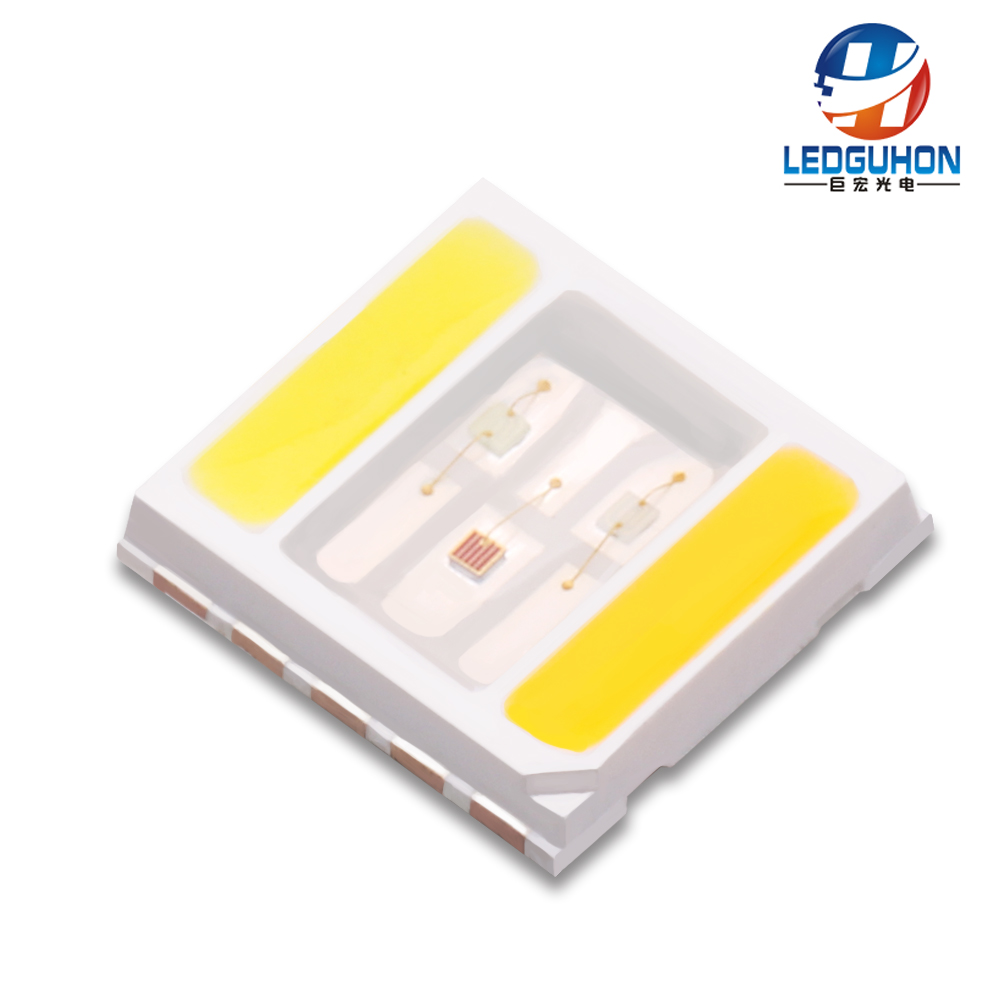
DetailsHOMR > News details > Details
About LED Beads for Photography Supplementary Lighting
About LED Beads for Photography Supplementary Lighting
The parameters that need to be considered for LED beads used in photography supplementary lighting include brightness, color temperature, color rendering index (color rendering index), beam angle, dimming range, bead type, etc. These parameters directly affect the effectiveness and applicability of LED beads in photography.
Firstly, brightness. The brightness of LED beads is usually measured in lumens, representing the power of light emitted by the light source per unit of time. In photography, appropriate brightness is one of the keys to ensuring that the subject receives sufficient light. According to different shooting needs and environments, it is necessary to choose LED beads with appropriate brightness.
Next is color temperature. Color temperature is a parameter used to describe the color of a light source, usually expressed in Kelvin (K) units. In photography, commonly used color temperature ranges include warm tones (approximately 2500K to 3500K) and cool tones (approximately 5500K to 6500K). Choosing an appropriate color temperature can create different shooting atmospheres and effects.


Next is the Color Index (CRI). Color index is an indicator that evaluates the ability of a light source to reproduce the true color of an object, usually expressed as a percentage (0 to 100). In photography, high color index LED beads can ensure the true reproduction of the colors of the subject being photographed, avoiding color deviation or distortion.


The beam angle is also an important parameter. The beam angle describes the range and distribution of light emitted by a light source, usually expressed in degrees. Different beam angles can produce different lighting effects, for example, wide-angle beams are suitable for large-scale illumination, while spotlight beams are suitable for highlighting specific objects or areas.
Dimming range refers to the range within which LED beads can adjust brightness, usually expressed as a percentage. In photography, LED beads with a wide dimming range can provide greater flexibility to meet the needs of different shooting scenes, so as to better control the brightness and effect of light.
Finally, there is the type of LED. The types of LED beads include monochrome, multi-color, full-color, etc. Different types of beads have different characteristics and application scenarios. For example, monochromatic LED beads are suitable for scenarios with a single color temperature requirement, while full-color LED beads can achieve rich and colorful lighting effects.
In summary, selecting the appropriate LED bead parameters is a crucial part of photography supplementary lighting design. By considering parameters such as brightness, color temperature, color index, beam angle, dimming range, and bead type, LED beads can be ensured to perform best in photography, improving the quality and expressiveness of the captured work.
Our company (Guangdong Juhong Optoelectronics Co., Ltd.) specializes in the production of various types of LED beads, single color, dual color, three color or more multi-color integrated products, widely used in dance table lamps, photography lamps, landscape lamps and other products. In terms of color temperature and display index, customization is supported, and wide color temperature, high display index and other requirements can be matched for production.
We can also cooperate with customers to develop customized multi-color products with different combinations and arrangements.
If you have any needs, please feel free to consult and contact us.


